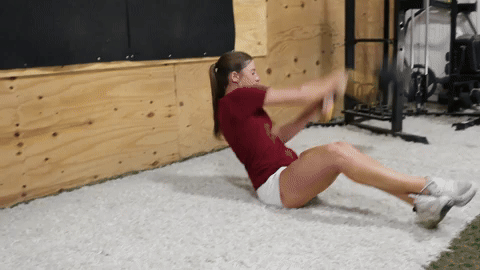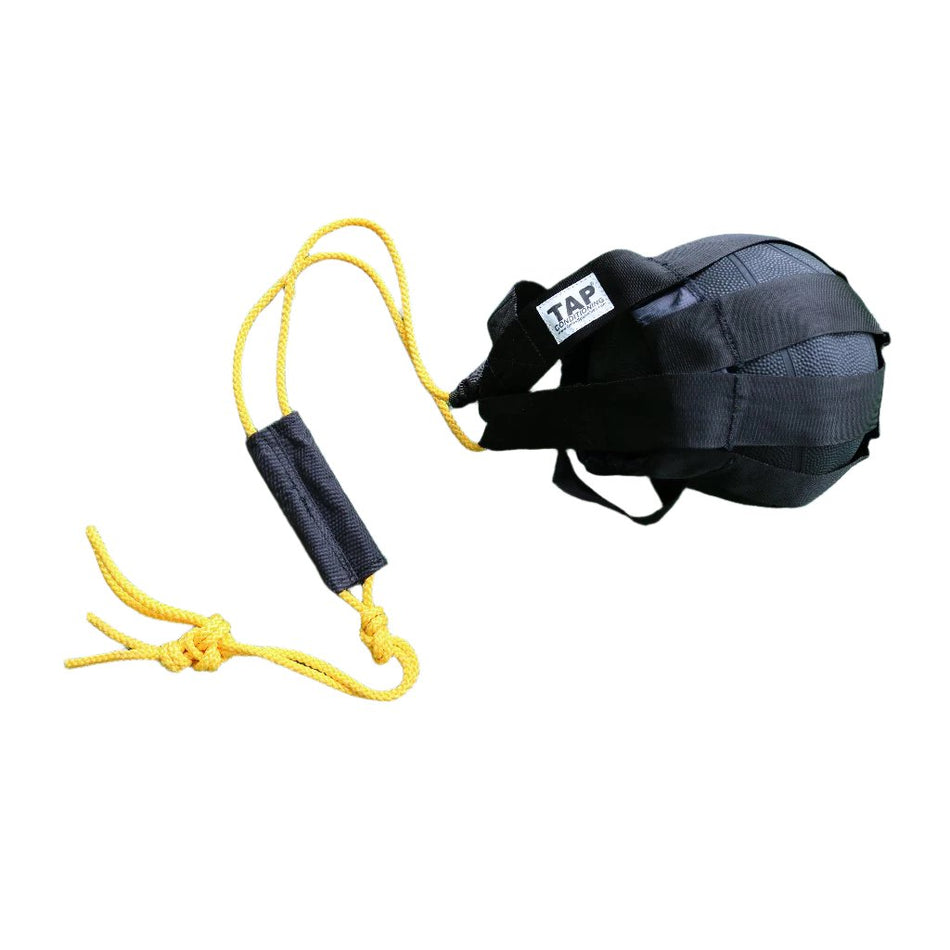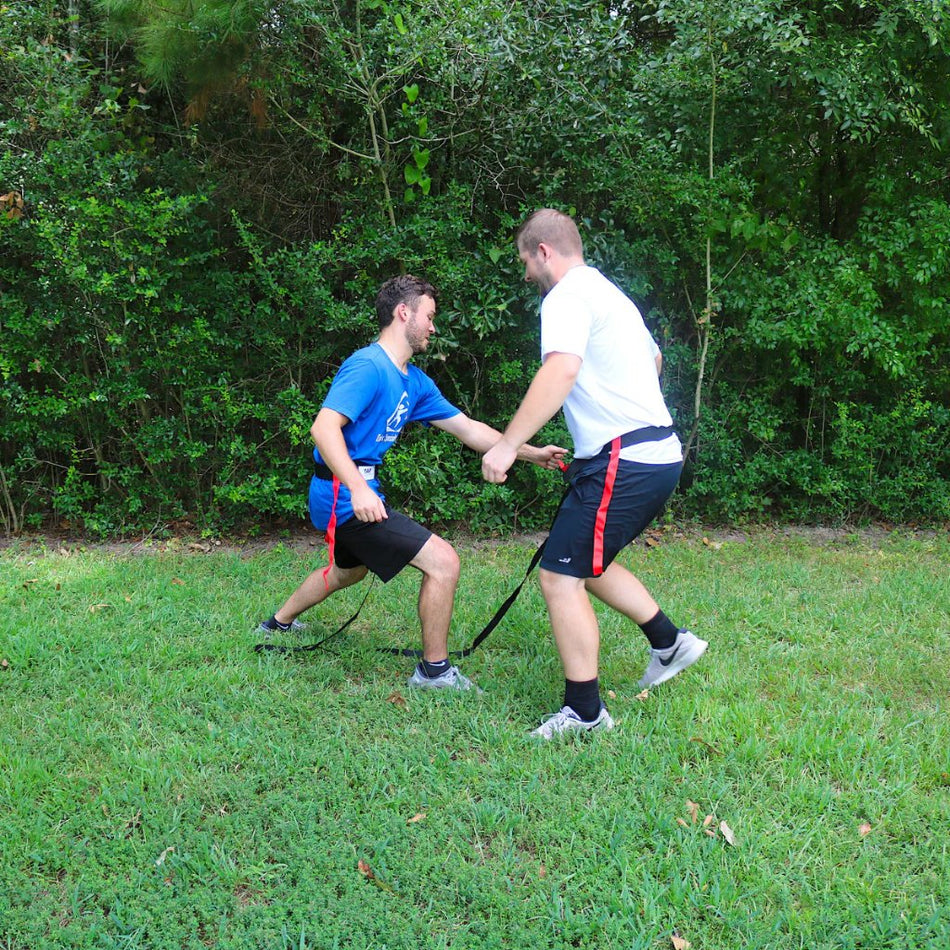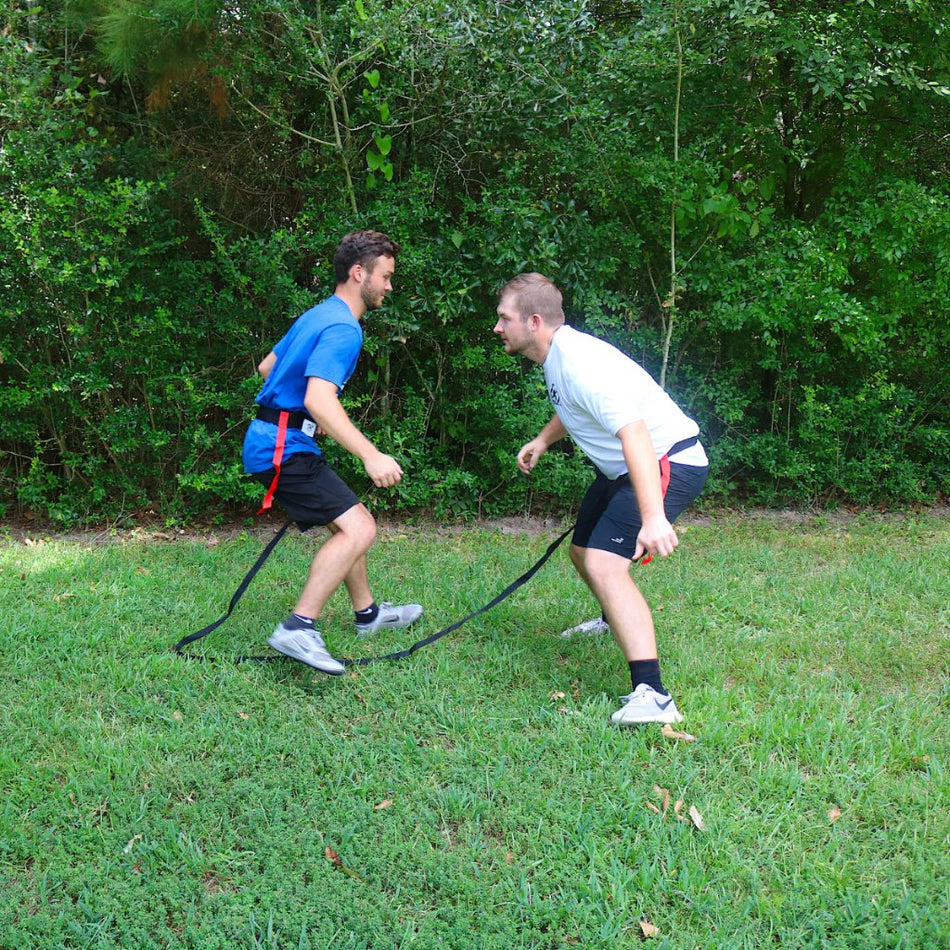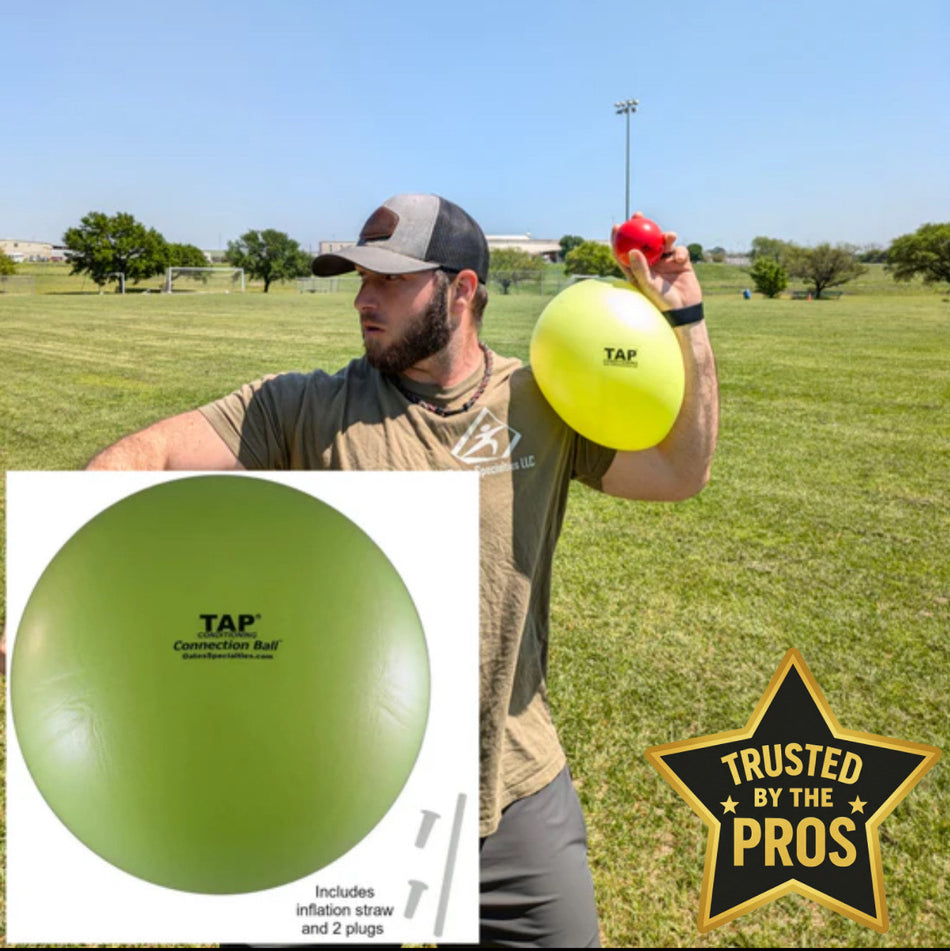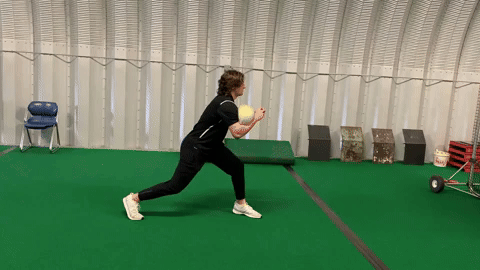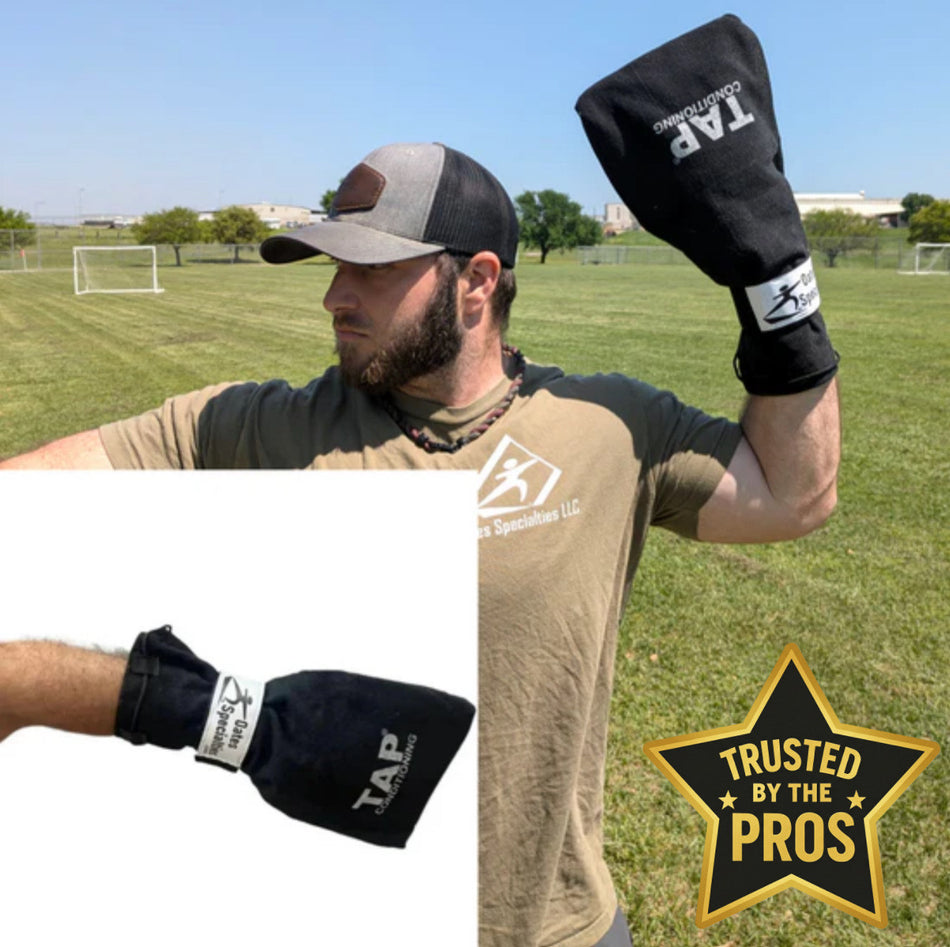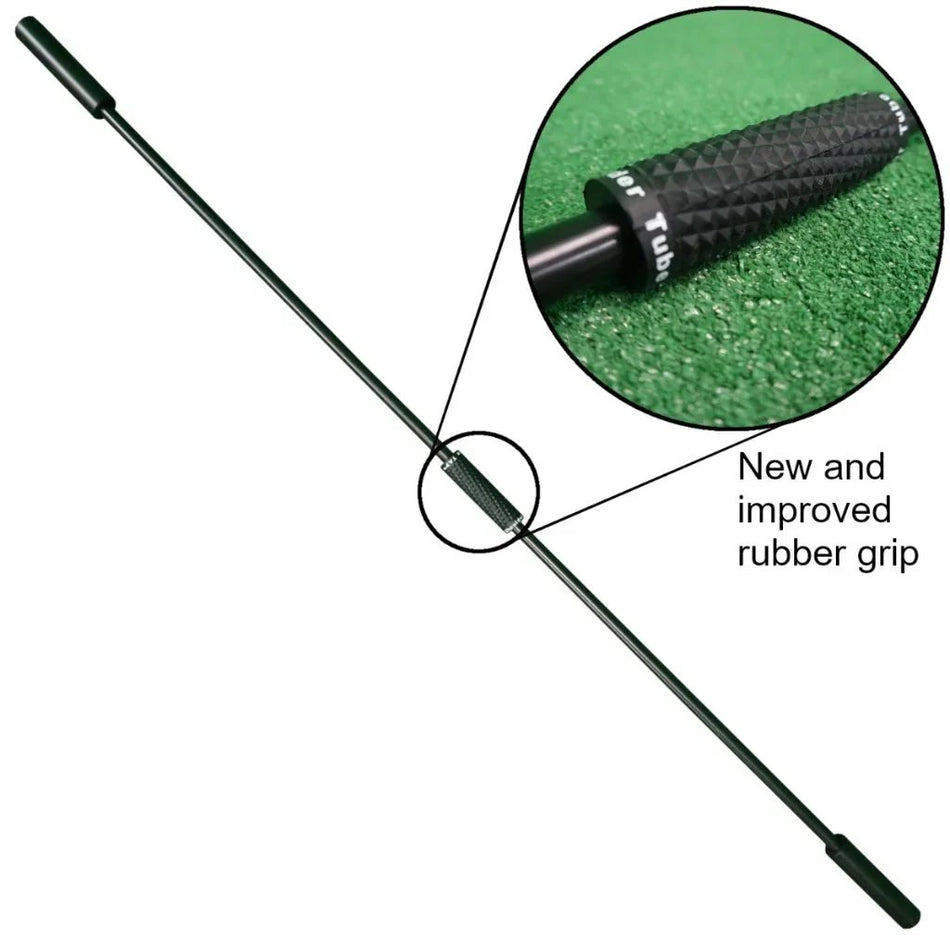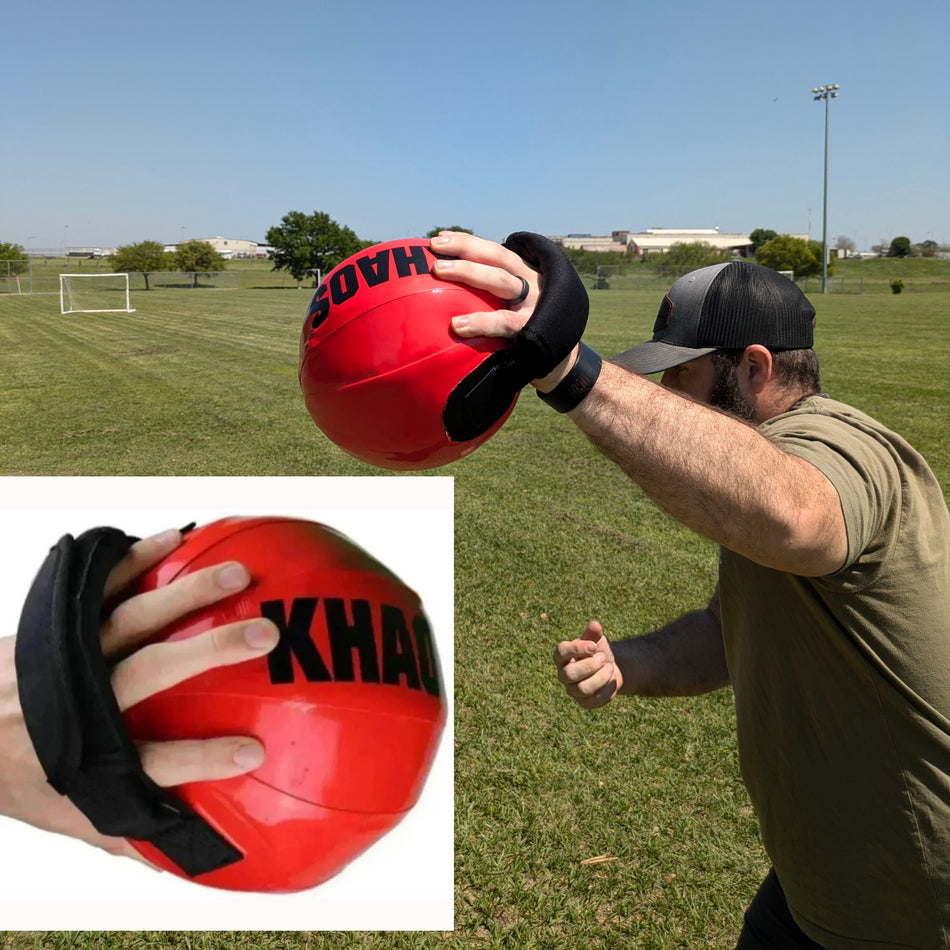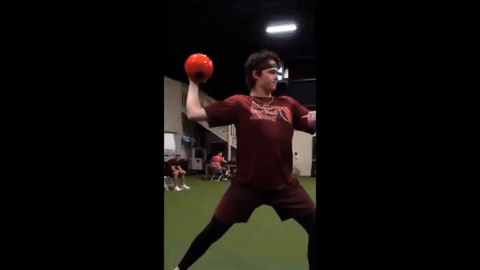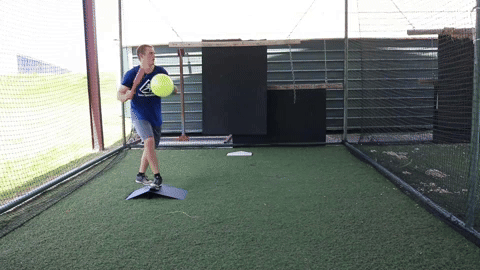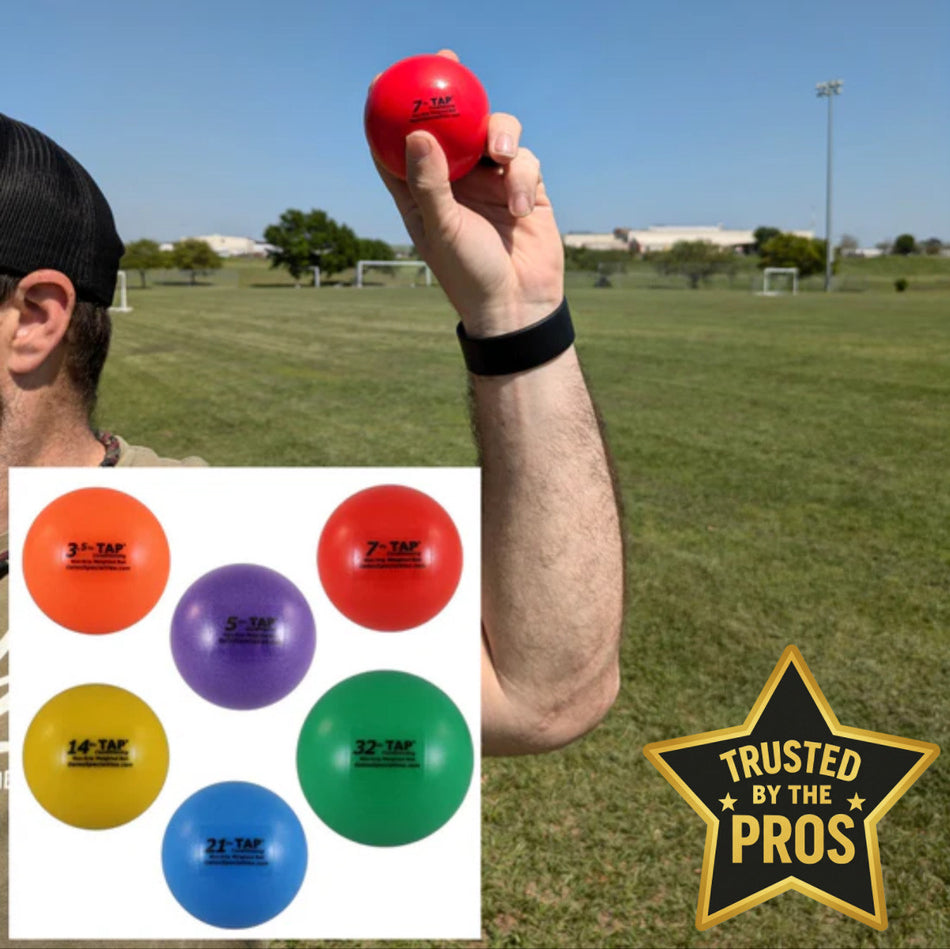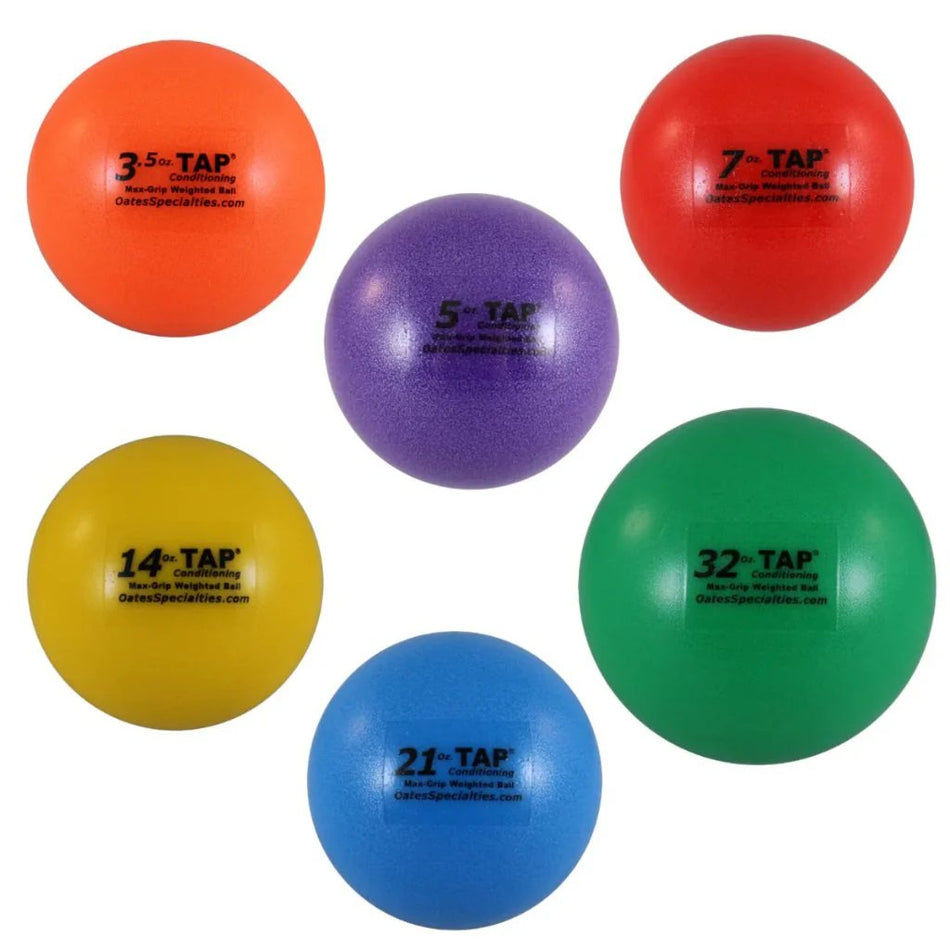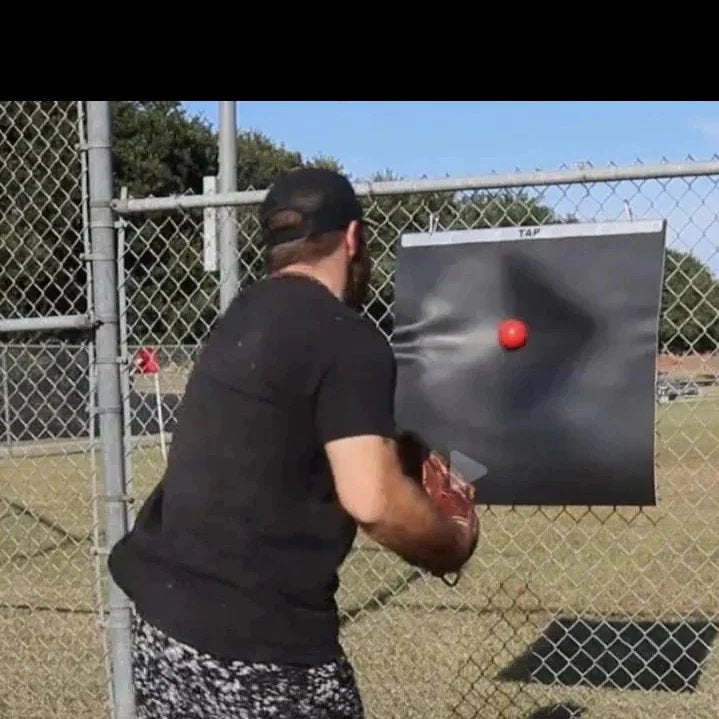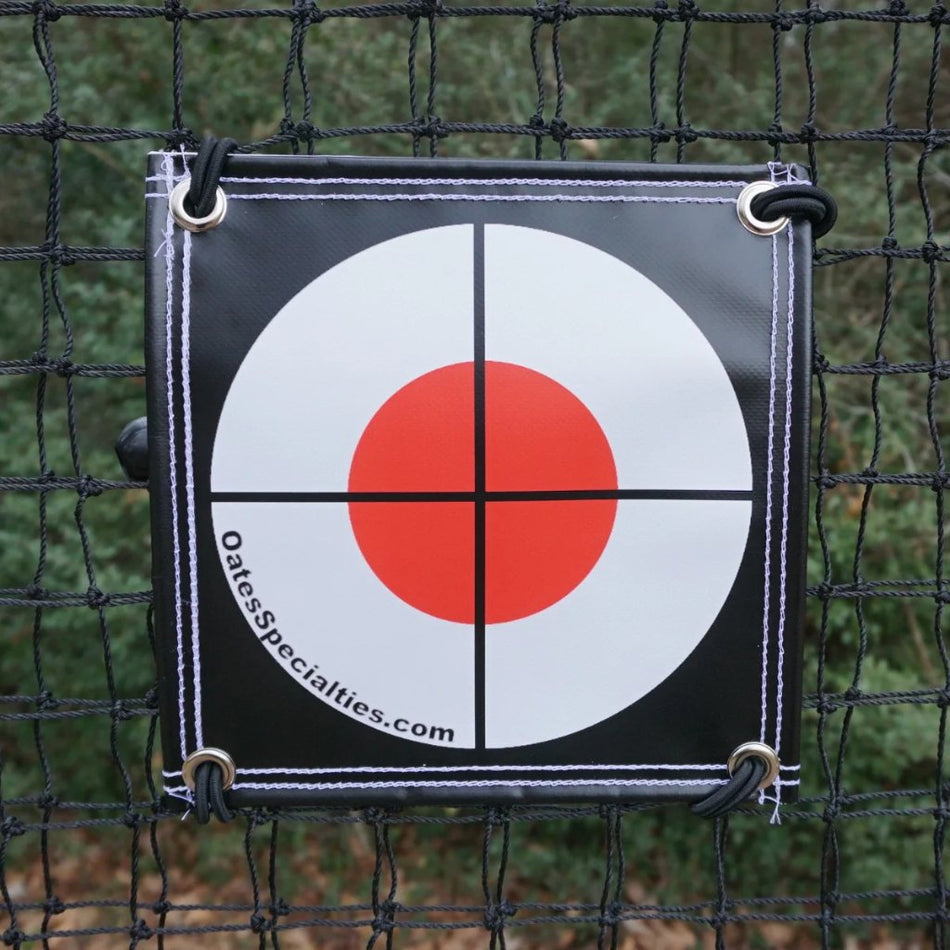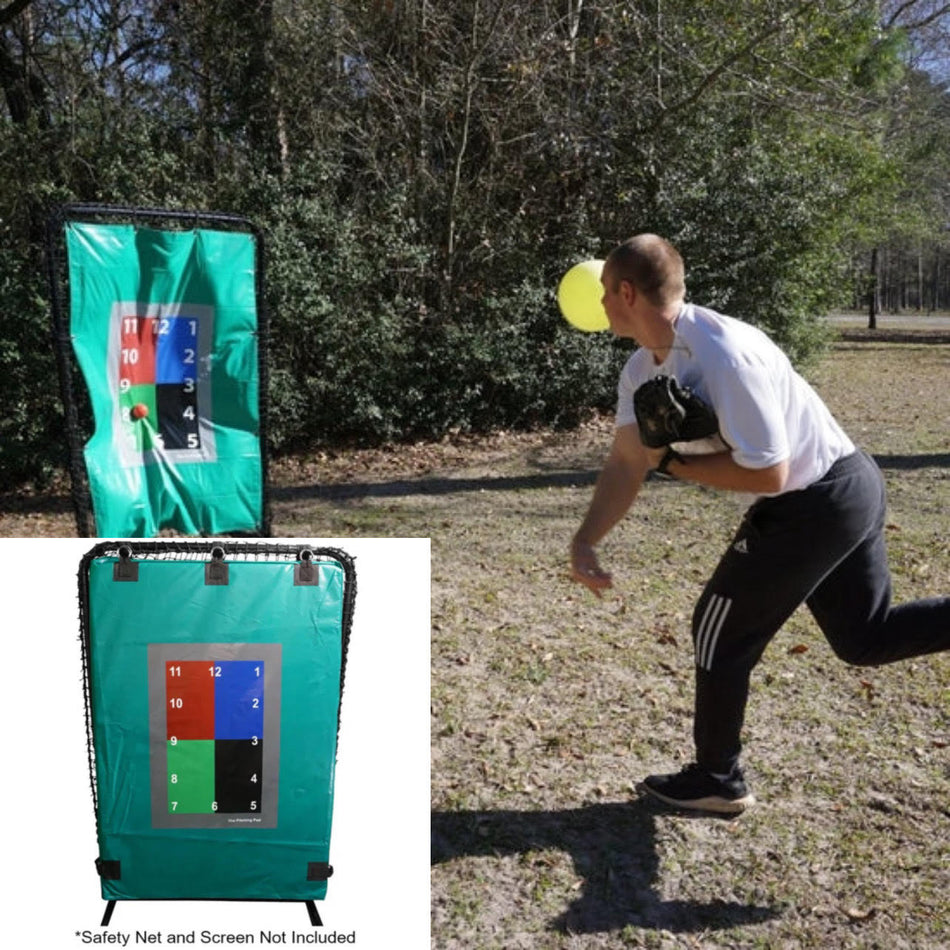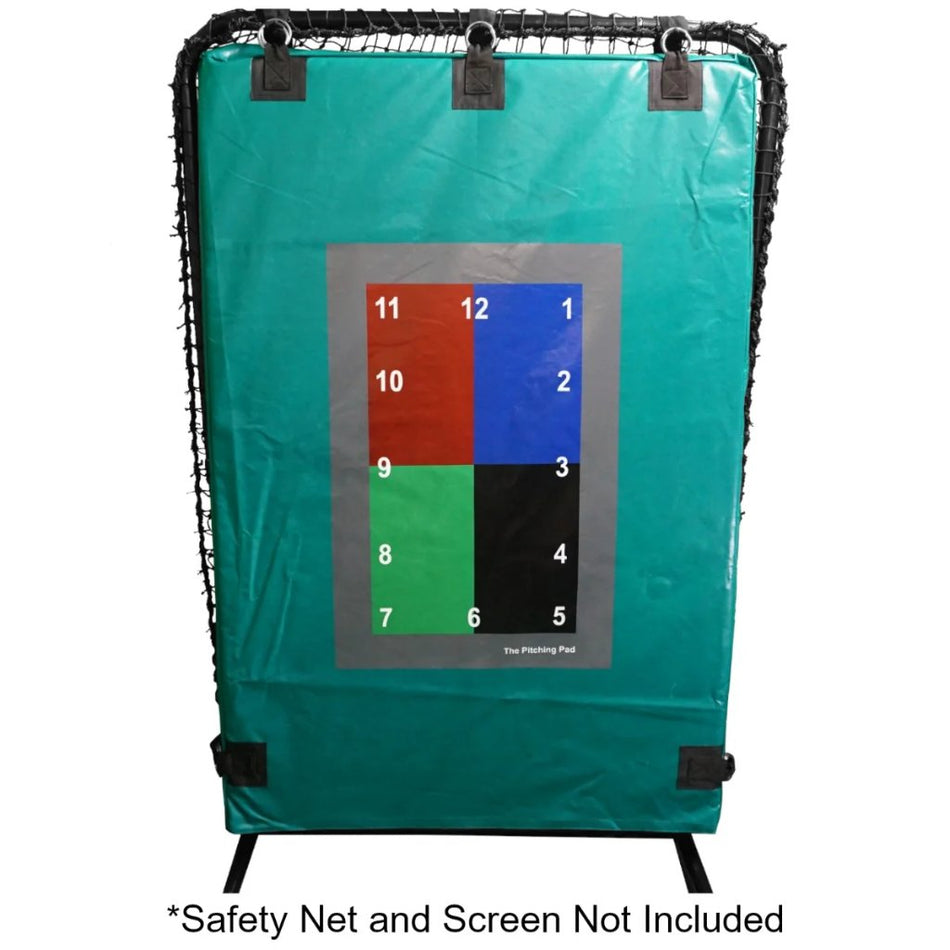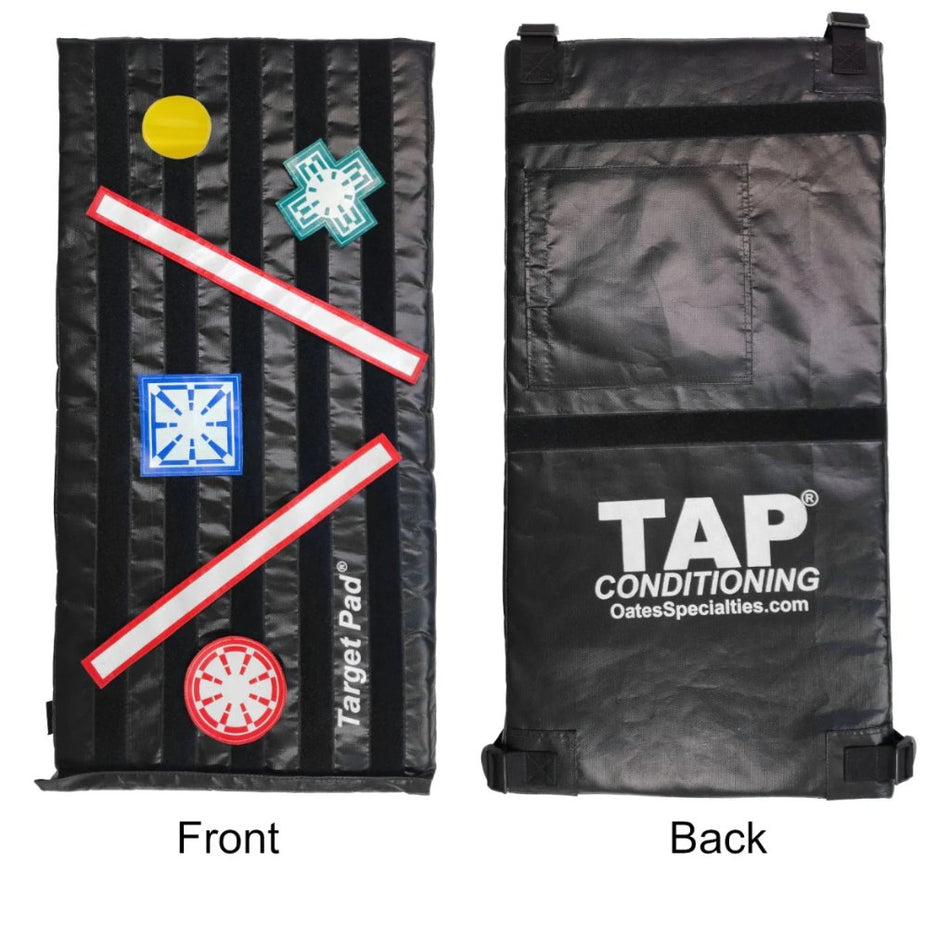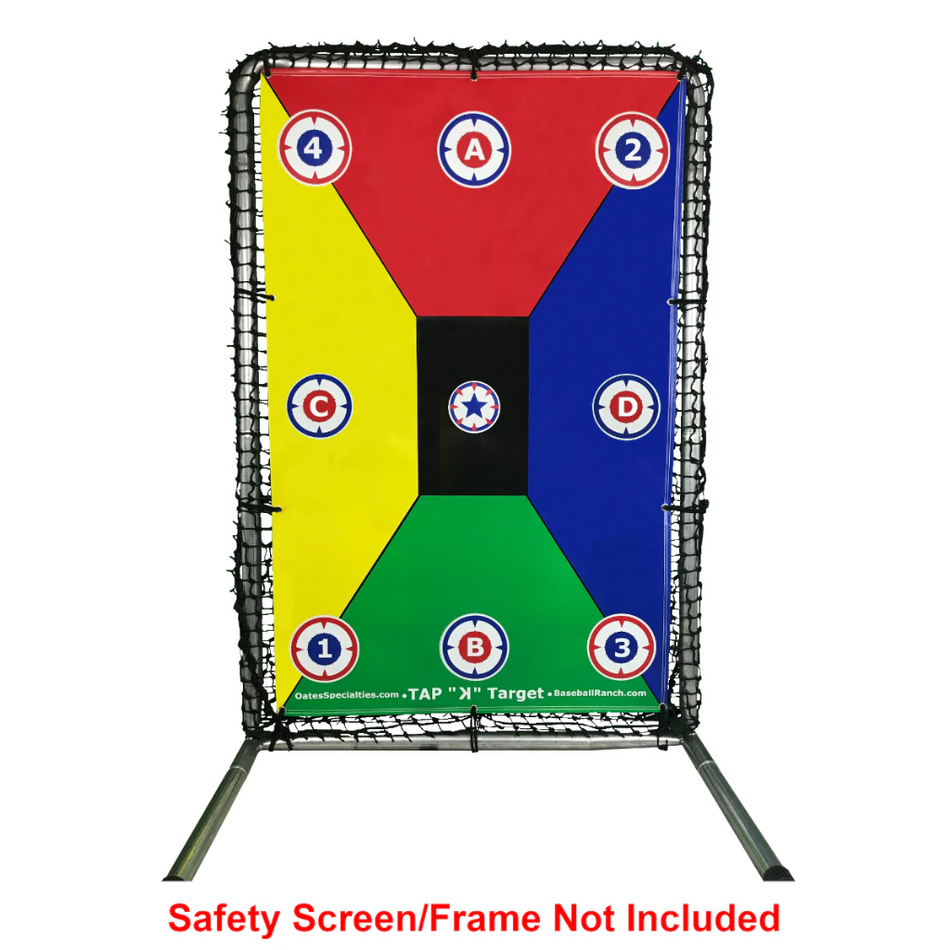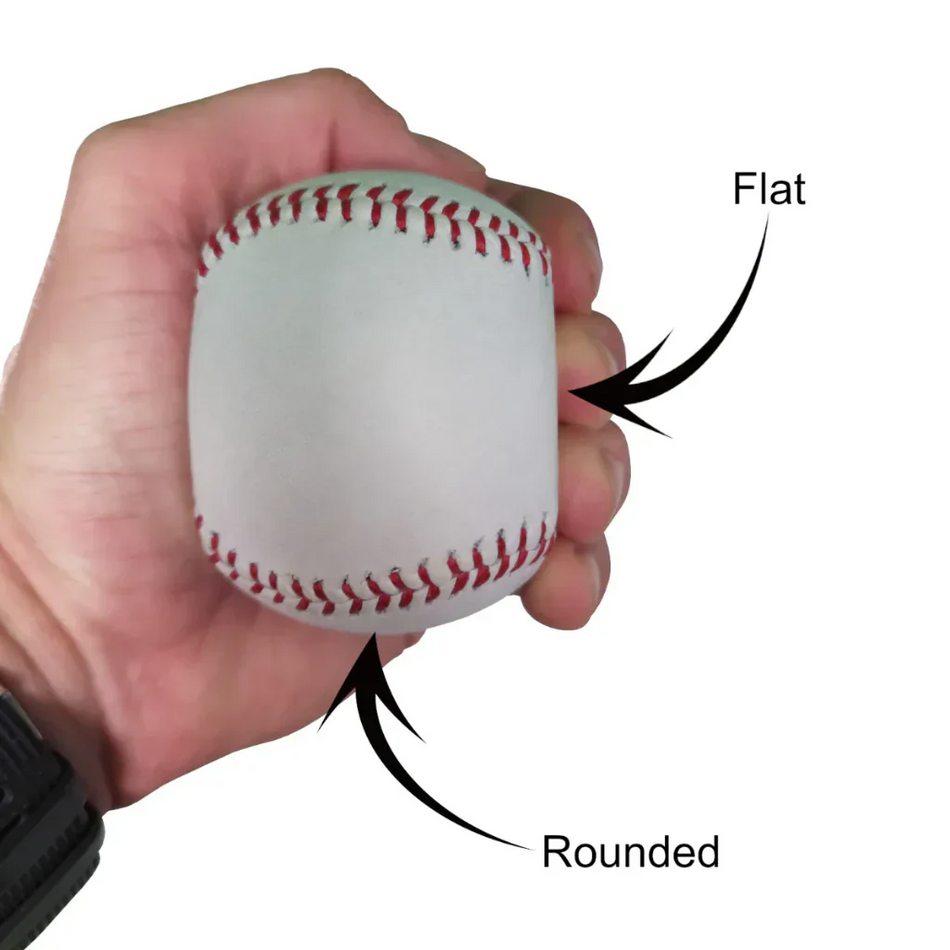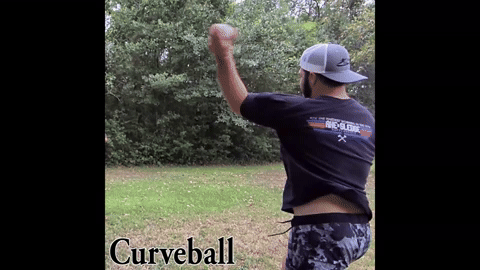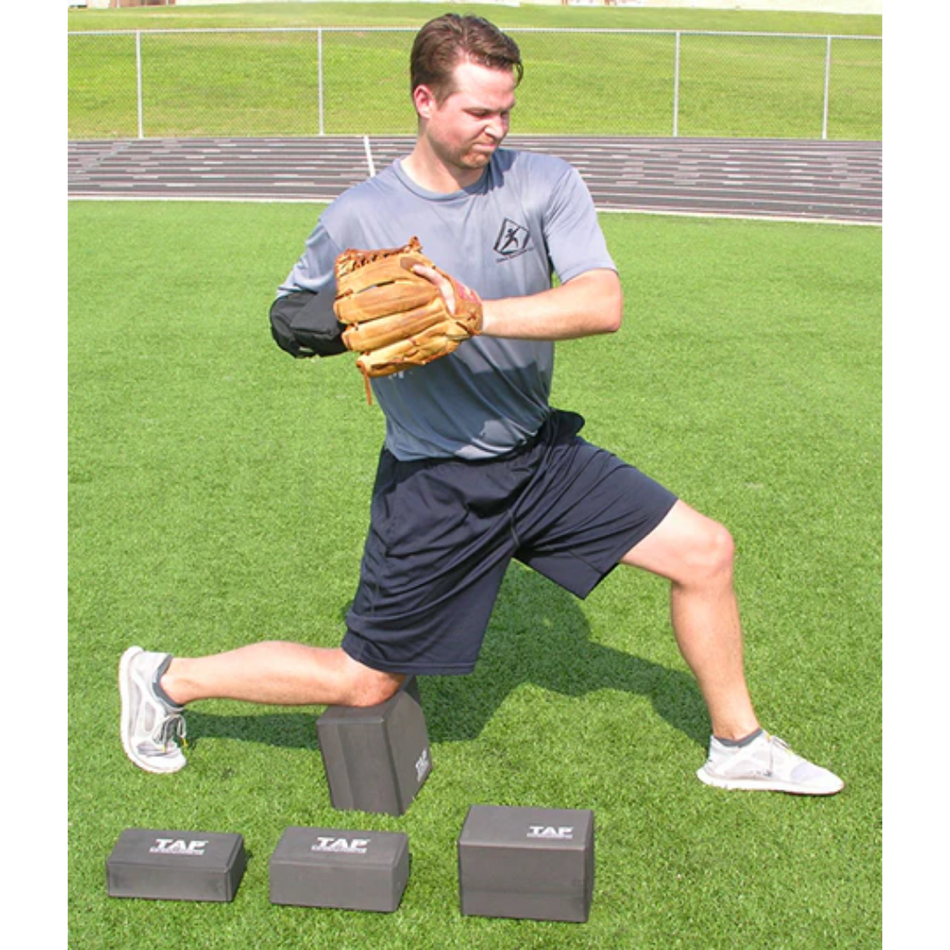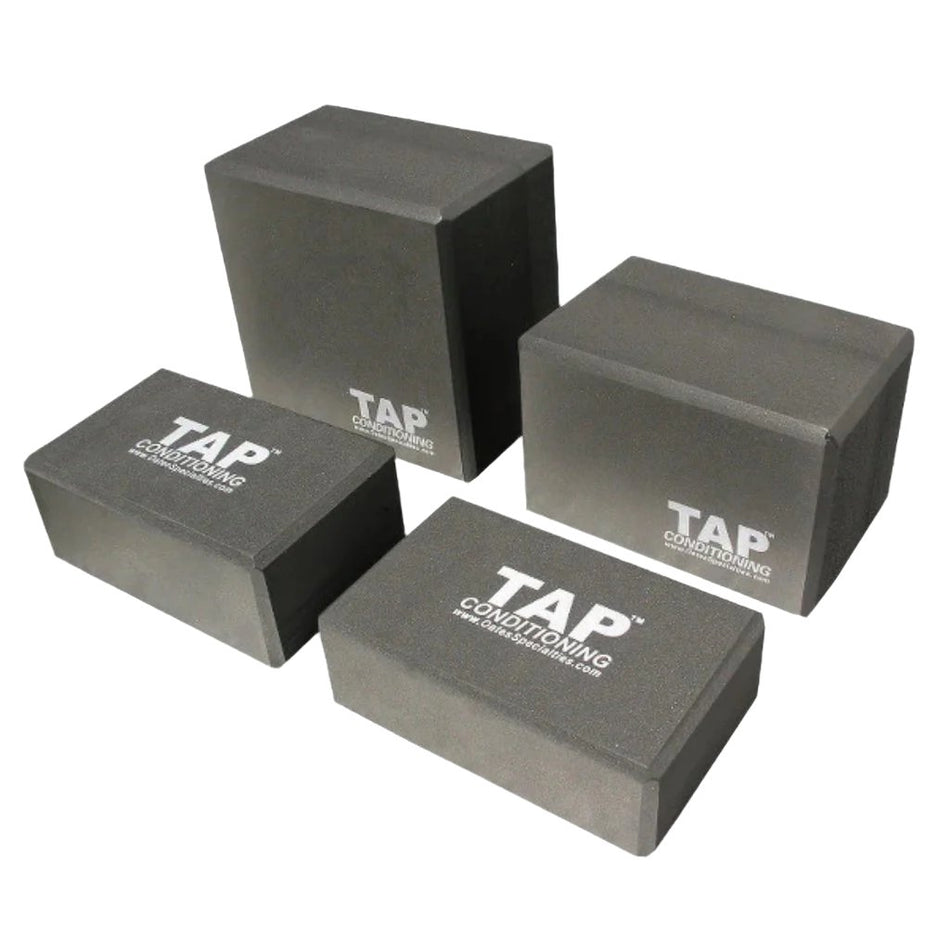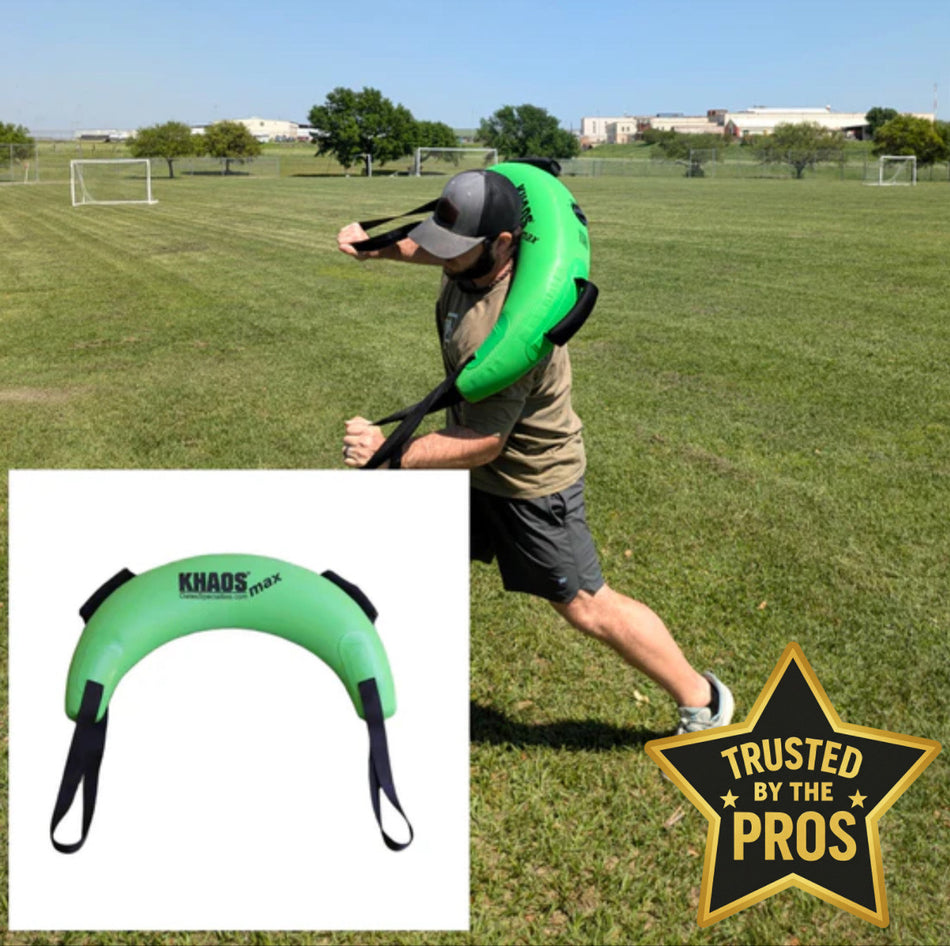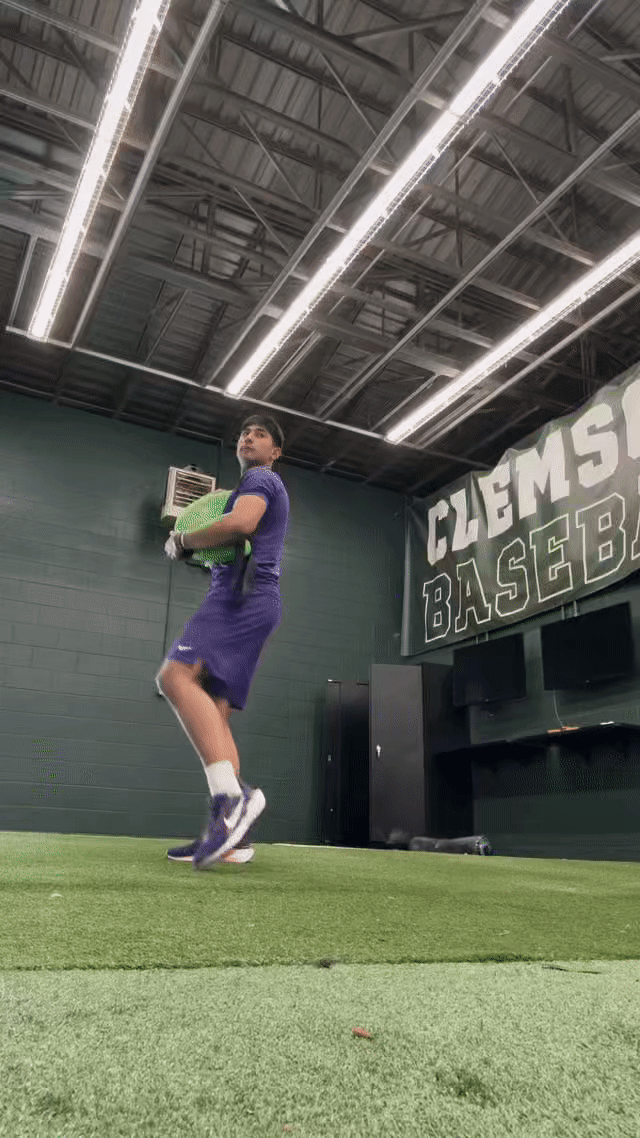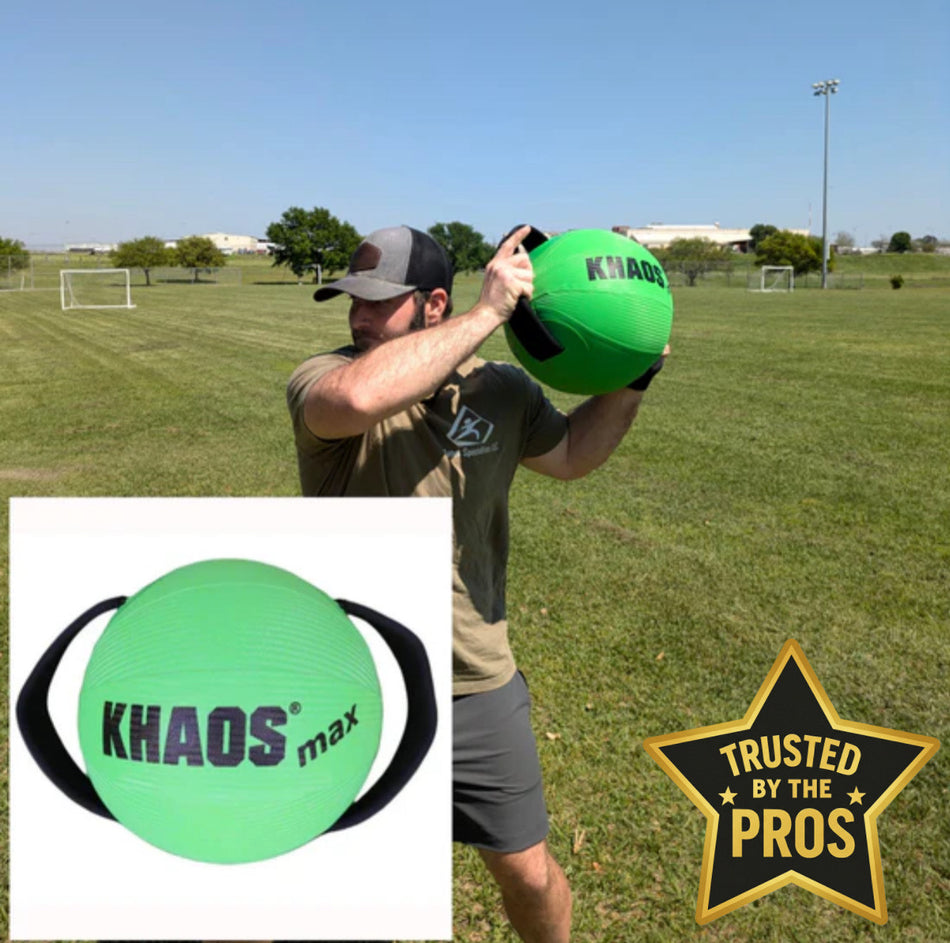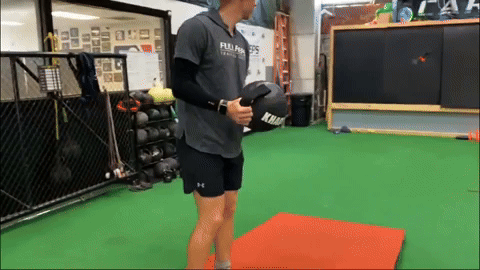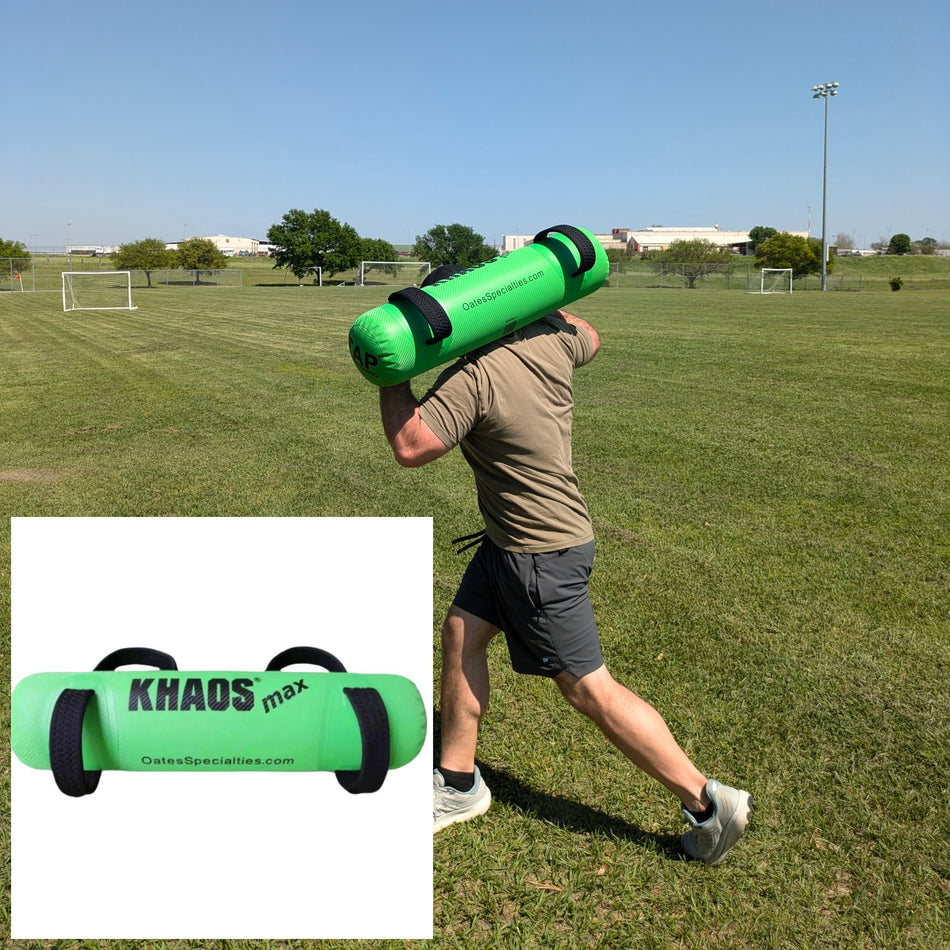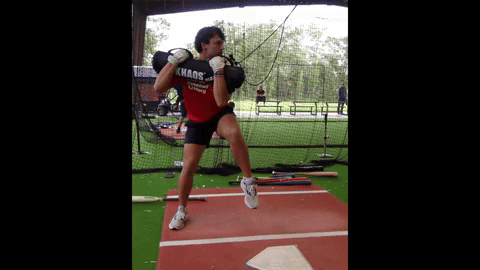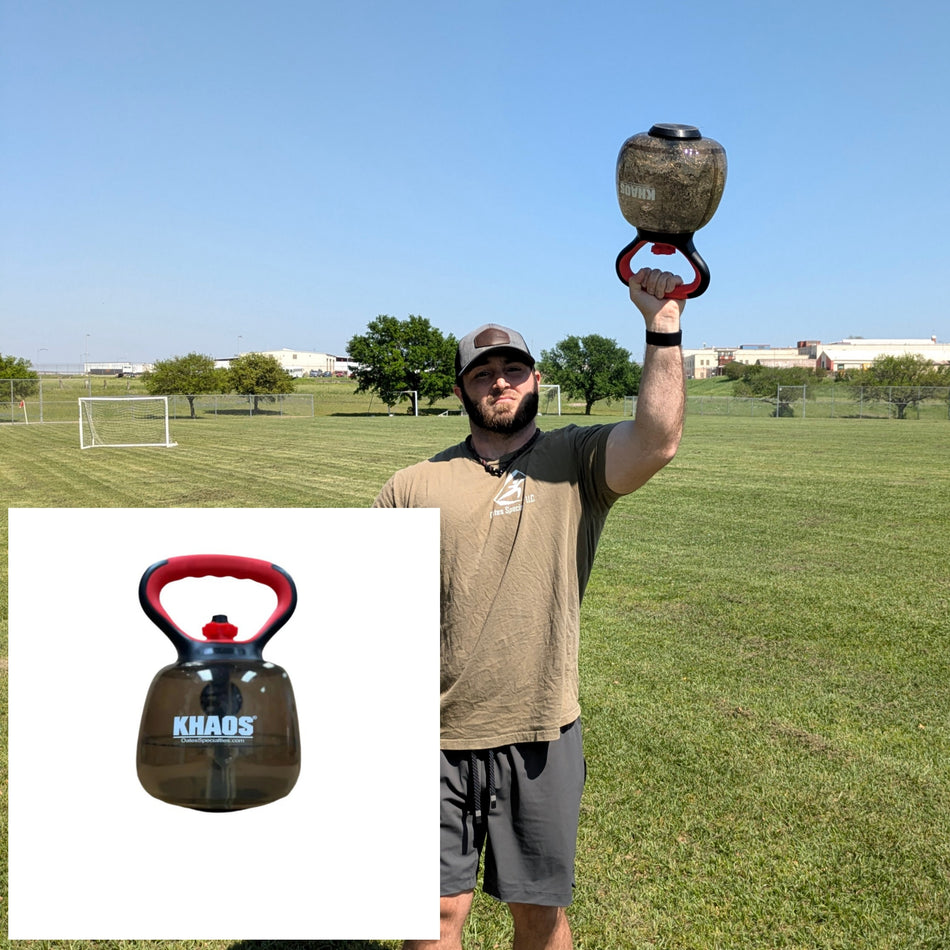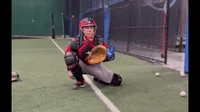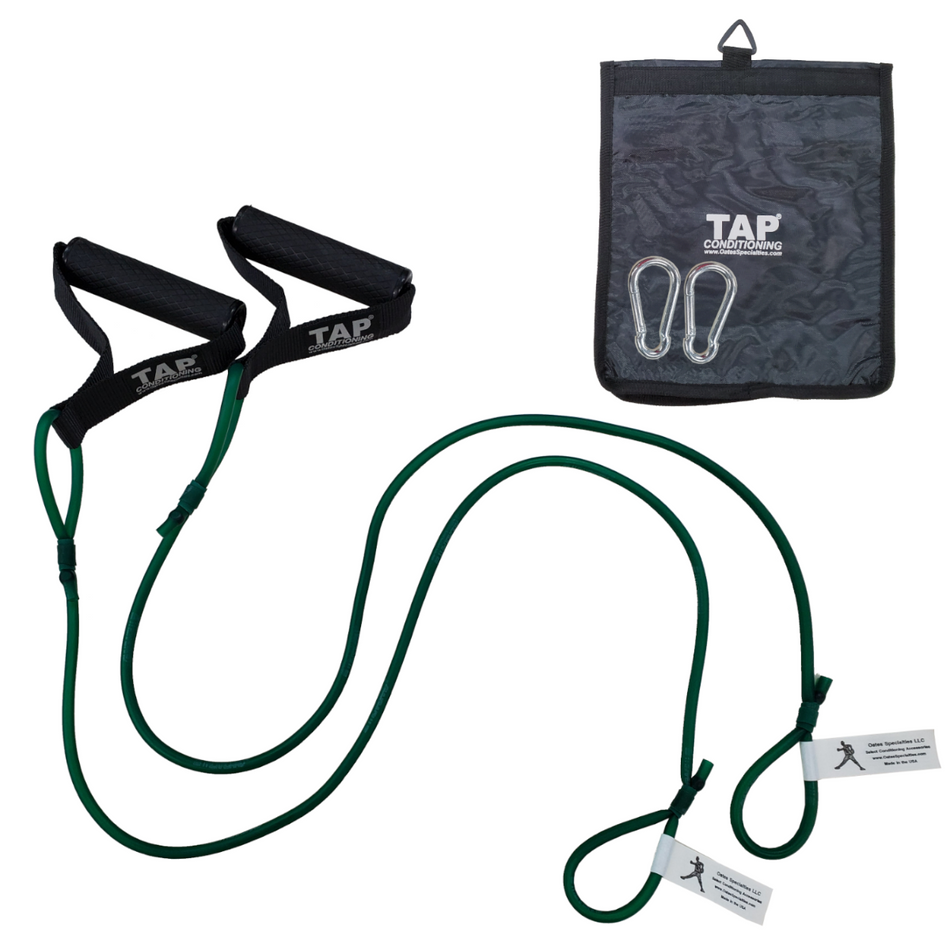Building Injury-Resilient Athletes: How Water Training Prepares Your Body for the Demands of Sport and Life
The Reality of Repetitive Stress
Every week, athletes of all levels—from weekend warriors to competitive players—find themselves sidelined not by dramatic injuries, but by the gradual breakdown that comes from repetitive stress. A tennis player's elbow starts aching after weekend matches. A softball player feels persistent shoulder discomfort. A runner develops knee pain that won't resolve.
These scenarios share a common thread: bodies facing demands they haven't been adequately prepared to handle. The solution isn't necessarily less activity—it's better preparation through training that builds adaptive capacity and movement resilience.
Water training offers a practical approach to preparing your body for the physical demands of sport and daily activity. By introducing controlled instability that requires constant micro-adjustments, water-based training may help build the adaptive strength and stability that supports injury-resilient movement patterns.
Understanding Injury Risk: The Preparation Gap
The Traditional Approach Problem
Most training focuses on building strength through predictable, stable resistance. You lift the same barbell, push the same machine, follow the same movement path every repetition. This builds impressive strength demonstrations, but may leave gaps in your body's ability to handle the unpredictable forces encountered during actual sports and daily activities.
What Research Suggests
The National Academy of Sports Medicine recognizes that instability training improves core strength, balance, and functional movement patterns. Research on movement variability suggests that controlled variation in training may help distribute stress across different tissues while maintaining skill development.
Water training naturally provides this beneficial variability through constantly changing resistance patterns that require your body to make continuous adaptations—potentially building the resilience that helps you handle real-world physical demands.
How Water Training Supports Injury-Resilient Movement
The Adaptive Capacity Factor
Your body has remarkable capacity to handle stress when that stress is distributed across different tissues, movement patterns, and time periods. Water training supports this by:
- Challenging Stabilizer Muscles: The unpredictable movement of water requires continuous activation of stabilizing muscles that protect joints during unexpected forces
- Promoting Movement Variability: Controlled variations in resistance patterns may help distribute loading across different structures
- Enhancing Proprioception: Constant balance challenges improve body awareness and reactive control
- Building Compensatory Systems: Training the body to maintain control under varying conditions
Sport-Specific Preparation Strategies
Tennis Players
The demand: Thousands of repetitive groundstrokes and serves create accumulated stress on shoulders, elbows, and core.
Preparation approach: Variable resistance training that maintains stroke patterns while building adaptive capacity
Practical Implementation:
-
Pre-practice warm-up (10 minutes): Shoulder-specific implements (10-15% capacity) that introduce gentle movement variability

- Mid-week sessions (15 minutes): Groundstroke-mimicking movements with spherical implements providing unpredictable resistance
- Recovery days: Light rotational work focusing on movement quality over intensity
Volleyball Players
The demand: Explosive jumping combined with overhead hitting creates significant stress on shoulders and knees, while rapid directional changes and defensive movements challenge ankle stability and core control.
Preparation approach: Developing explosive power and landing mechanics while building shoulder durability for overhead attacks.
Practical Implementation:
- Pre-practice activation (10 minutes): Tubular implements for lateral movement patterns and defensive positioning, building ankle and knee stability through unpredictable resistance
- Mid-week sessions (20 minutes): Spherical implements for overhead attack patterns, mimicking hitting mechanics while challenging shoulder stability through dynamic water movement
- Court-side maintenance (15 minutes, 2x/week): Crescent-shaped implements for rotational trunk stability during approach and attack sequences, with focus on explosive movements
- Recovery days: Small handheld implements for shoulder-specific work, emphasizing controlled movement quality and rotational capacity without impact stress
Golfers
The demand: Repetitive rotational stress through identical swing mechanics, often with inadequate physical preparation.
Preparation approach: Building rotational strength and stability that supports swing mechanics
Simple Protocol:
- Pre-round warm-up (10 minutes): Rotational exercises with crescent-shaped implements at light capacity
- Weekly maintenance (20 minutes, 2x/week): Core stability and hip mobility work with variable resistance
- Off-season: Progressive building of rotational capacity with gradual load increases
Softball/Baseball Players
The demand: Throwing and batting create enormous forces across the kinetic chain, particularly affecting shoulders and elbows.
Preparation approach: Building arm durability and core stability through controlled movement variability
Application Guidelines:
- Throwing warm-up (10 minutes): Shoulder-specific protocols with minimal water resistance that encourage natural movement adaptations
- Between-game maintenance (15 minutes): Core and shoulder work focusing on stability across different positions
- Recovery emphasis: Gentle movement exploration during active rest periods
Your Progressive 8-Week Preparation Protocol
Weeks 1-2: Foundation Building
Equipment: One spherical water implement at 25% capacity (8-10 pounds)
Frequency: 3 times per week
Duration: 15 minutes per session
Basic Movements:
- Water Ball Holds: Stand holding implement at chest level, athlete punches ball out in front and holds for 30 seconds, focusing on steady control as water moves
- Gentle Rocks: While the water product is out in front, rock the implement side to side, allowing water movement to challenge stability
- Overhead Reaches: Lift implement overhead in a controlled but powerful manner, maintaining control at the top when the water is shifting.
- Squats with Hold: Bodyweight squats while managing water movement
Goal: Build familiarity with instability challenge and establish movement control baseline
Weeks 3-4: Building Adaptive Capacity
Progression: Increase to 30% capacity (10-14 pounds)
Duration: 20 minutes per session
Added Challenges:
- Walking Carries: Walk 20 steps while holding implement, focusing on steady movement despite water shifts
- Seated Twists: Engage core muscles while controlling water movement through rotation
- Balance Stands: Single-leg stability work while managing unpredictable resistance
Goal: Develop compensatory muscle activation and improve proprioceptive awareness
Weeks 5-6: Functional Integration
Progression: Adjust water level based on control quality (30-40% capacity)
Focus: Movement quality and sport-specific application
Functional Patterns:
- Lunge Variations: Multi-directional stepping patterns while managing water movement
- Getting Up/Down: Practice floor-to-standing transitions with added stability challenge
- Sport Mimicry: Replicate movements from your sport with water resistance (stick or hold at certain points during the movement to really emphasize the stability demands)
- Daily Movement Prep: Use as warm-up before physically demanding tasks
Goal: Transfer stability gains to real-world movement demands
Weeks 7-8: Integration and Maintenance
Application: Water training as both preparation and recovery tool
Customization: Adapt to your specific activity schedule and needs
Ongoing Protocol:
- Pre-activity warm-ups: 10-minute sport-specific preparation routines
- Maintenance sessions: 15-20 minute midweek stability work
- Recovery sessions: Gentle movement exploration on rest days
- Progressive challenge: Gradual increases based on consistent movement control
Practical Applications for Everyday Athletes
Water training isn't just for elite competitors. The same principles that help prepare professional athletes' bodies for high-level demands apply to anyone seeking to build resilience for their recreational activities and daily physical tasks.
Weekend Warriors
The Challenge: Intense weekend activities after sedentary work weeks create significant stress on unprepared bodies.
The Preparation Strategy: Short weekday water training sessions that challenge stability and control may help prepare your body for weekend demands.
Simple Weekly Protocol:
- Monday/Wednesday/Friday (15 minutes each): Basic stability patterns with spherical water implement at 25-30% capacity
- Water ball holds for core stability
- Controlled squats focusing on balance
- Gentle rotation work for multi-directional preparation
- Friday Evening (10 minutes): Movement preparation focusing on sport-specific patterns
- Mimicking weekend activity movements with light water resistance
- Balance challenges relevant to your planned activities
- Sunday Evening (10 minutes): Recovery-focused gentle movements
- Light mobility work with minimal water resistance
- Preparing body for the work week
Equipment Selection for Injury-Resilient Training
Now you see how water products can improve your workouts. The next question is: which ones are right for you?
30cm Spherical Water Implements ($99-109 range)
- Capacity: Up to 30-40 pounds maximum; start with 8-10 pounds for preparation work
- Applications: Full-body stability, balance challenges, functional movement preparation
- Why this size: Manageable across fitness levels with room for long-term progression
- Versatility: Suitable for sports specific preparation, everyday fitness, and movement enhancement
Crescent-Shaped Tools ($99)
- Best for: Rotational sport athletes (golf, tennis, baseball/softball)
- Applications: Swing mechanics preparation, core resilience, rotational stability
- When to add: Immediately with low levels of water resistance (8lbs of water recommended to start)
Shoulder-Specific Implements ($39.95-69.95)
- Best for: Overhead athletes, throwing sports, office workers with shoulder issues
- Applications: Shoulder complex preparation, rotator cuff activation, posture support
- Progressive loading: 1-5 pounds for preparation protocols
Common Mistakes With Water Products That Undermine Injury Preparation
Too Much Too Soon
Mistake: Filling implements to high capacity immediately or progressing before establishing control
Why it matters: Overloading before developing adequate stability defeats the purpose of preparation training and may increase injury risk rather than reducing it
Solution: Begin with 25-30% capacity and progress only when you can maintain excellent movement control; prioritize quality over quantity consistently
Ignoring Movement Quality
Mistake: Adding water weight or complexity before mastering basic control patterns
Why it matters: Poor movement patterns under increasing load may reinforce problematic mechanics rather than building protective capacity
Solution: Perfect form with lighter loads before any progression; if control decreases, reduce challenge level immediately
Inconsistent Application
Mistake: Sporadic intense sessions rather than regular moderate training
Why it matters: Adaptive capacity builds through consistent exposure; irregular training provides insufficient stimulus for meaningful resilience development
Solution: Commit to 3x weekly 15-20 minute sessions rather than occasional longer workouts
Training Through Pain or Discomfort
Mistake: Continuing protocols that create pain, assuming discomfort means effectiveness
Why it matters: Pain indicates your body isn't ready for that level of challenge; training through it may contribute to injury rather than preventing it
Solution: Adjust immediately if experiencing pain; water training should challenge balance and stability without causing discomfort
Essential Safety Guidelines
Medical Considerations
Critical Starting Point: Consult with qualified healthcare providers before beginning any new exercise program, especially if you:
- Have existing health conditions or injury history
- Haven't exercised regularly in recent months
- Are managing chronic conditions
- Have any concerns about your physical capacity
Progressive Approach: Start with minimal water amounts regardless of your perceived fitness level. The instability challenge is typically greater than anticipated, and beginning conservatively allows safe adaptation.
Listen to Your Body: Water training should challenge balance and stability without causing pain or excessive fatigue. Discomfort signals the need to adjust water levels, movement complexity, or training frequency.
Form Priority: Focus on controlled, quality movements rather than resistance levels or speed. The unpredictable nature of water provides sufficient challenge even with light loads when movement quality is maintained.
When to Seek Professional Guidance
Consider working with qualified movement professionals if you:
- Have significant injury history requiring modified protocols
- Feel uncertain about proper movement patterns or progression
- Want to integrate water training with existing rehabilitation or training programs
- Need accountability and motivation for consistency
- Are managing specific injury concerns or limitations
Many certified trainers and physical therapists now understand instability training principles and can provide guidance for safe, effective implementation tailored to your individual needs.
Important Limitations and Disclaimers
What Water Training Can and Cannot Do
What Water Training May Support:
- Development of stability and balance that may help your body handle physical demands
- Enhanced proprioception and body awareness during movement
- Improved compensatory muscle activation patterns
- Better movement control under variable conditions
- General physical preparation for recreational activities
What Water Training Cannot Guarantee:
- Prevention of any specific injury
- Complete protection from overuse injuries
- Replacement for proper medical treatment or rehabilitation
- Correction of underlying structural or biomechanical issues
- Results equivalent to what others may experience
Individual Variability
Every person responds differently to training stimuli. What works well for one individual may not produce the same results for another due to differences in:
- Current fitness and movement capacity
- Previous injury history
- Training consistency and quality
- Overall health status
- Biomechanical factors
- Recovery capacity
Your Path Forward: Simple Steps to Begin
Water training for injury-resilient preparation doesn't require perfection—it requires consistency and appropriate progression. The goal isn't to become injury-proof, but to better prepare your body for the physical demands you place upon it.
Start This Week:
- Acquire equipment: One water implement suitable for your needs
- Begin conservatively: Fill to 25-30% capacity (about 8-15 pounds of water)
- Master basics: Practice 3 fundamental movements for 10 minutes
- Establish frequency: Repeat 3 times this week on non-consecutive days
- Prioritize control: Focus on steady, controlled movement quality
Build Over Time:
- Gradual progression: Add 5 minutes to sessions as they become comfortable
- Quality-based advancement: Increase water amount only when control is consistent
- Sport-specific integration: Introduce movements relevant to your activities
- Maintain consistency: Regular moderate sessions trump sporadic intense ones
- Monitor response: Pay attention to how your body feels and responds
Ready to Begin Building Movement Resilience?
Water training offers a practical, evidence-informed approach for preparing your body to handle the physical demands of sport and daily life. The principles are straightforward, the time commitment is manageable, and the focus remains on building adaptive capacity rather than making unverifiable injury prevention claims.
Continue Learning:





